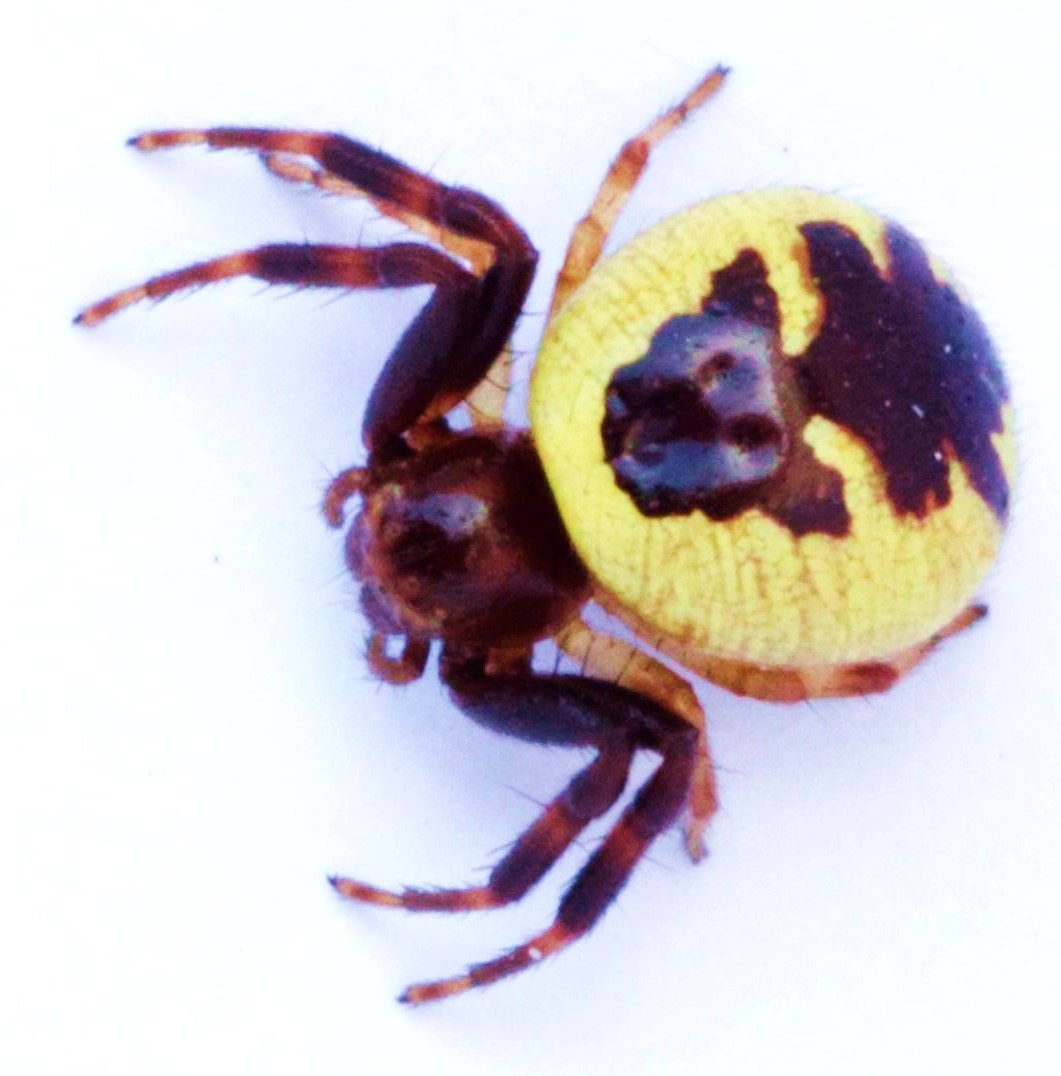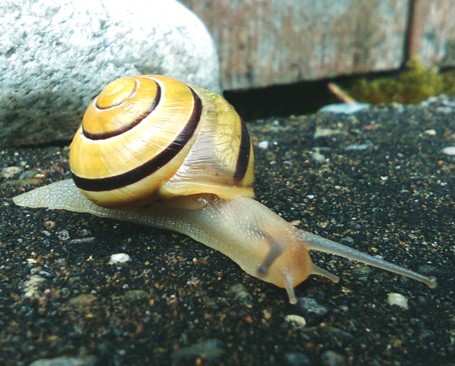polymorphism
The maintenance of phenotypic variation
The persistence of heritable phenotypic variation in well-mixed populations is hard to explain, if that variation has an effect on fitness. For example, females of the crab spider Synema globosum come in three colours: red, yellow and white (see images below). This colour “polymorphism” is heritable, and it seems likely that it affects fitness by influencing detection by predators, prey and potential mates. I am interested in understanding the evolutionary forces which favour the persistence of this kind of variation.



I have also been studying colour polymorphism in snails of the genus Cepaea, in collaboration with Angus Davison here at Nottingham. The shell polymorphisms in this system are iconic in evolutionary biology, but nobody has ever objectively quantified the observed variation in colour and banding - that’s what I am working on with Angus.
